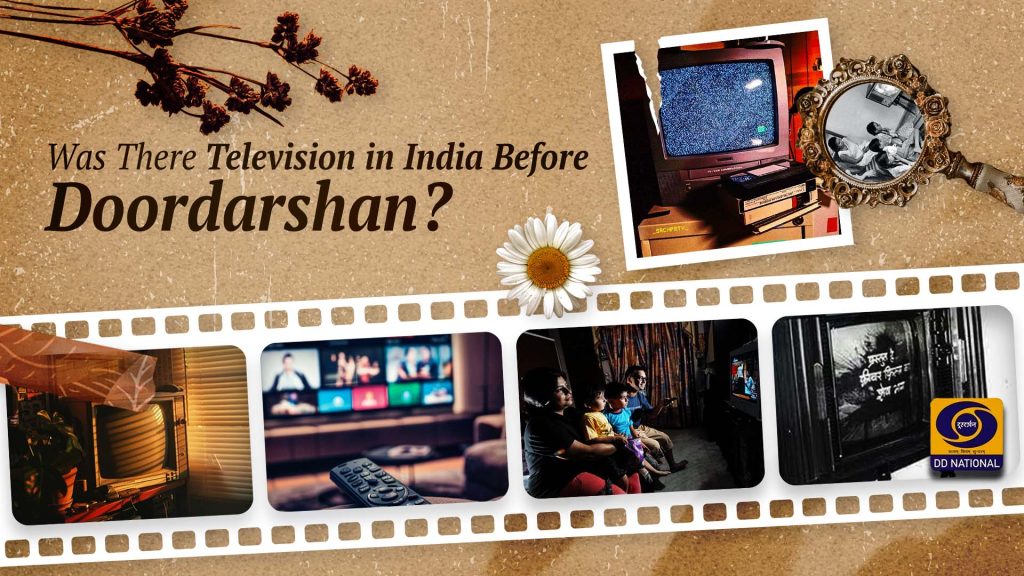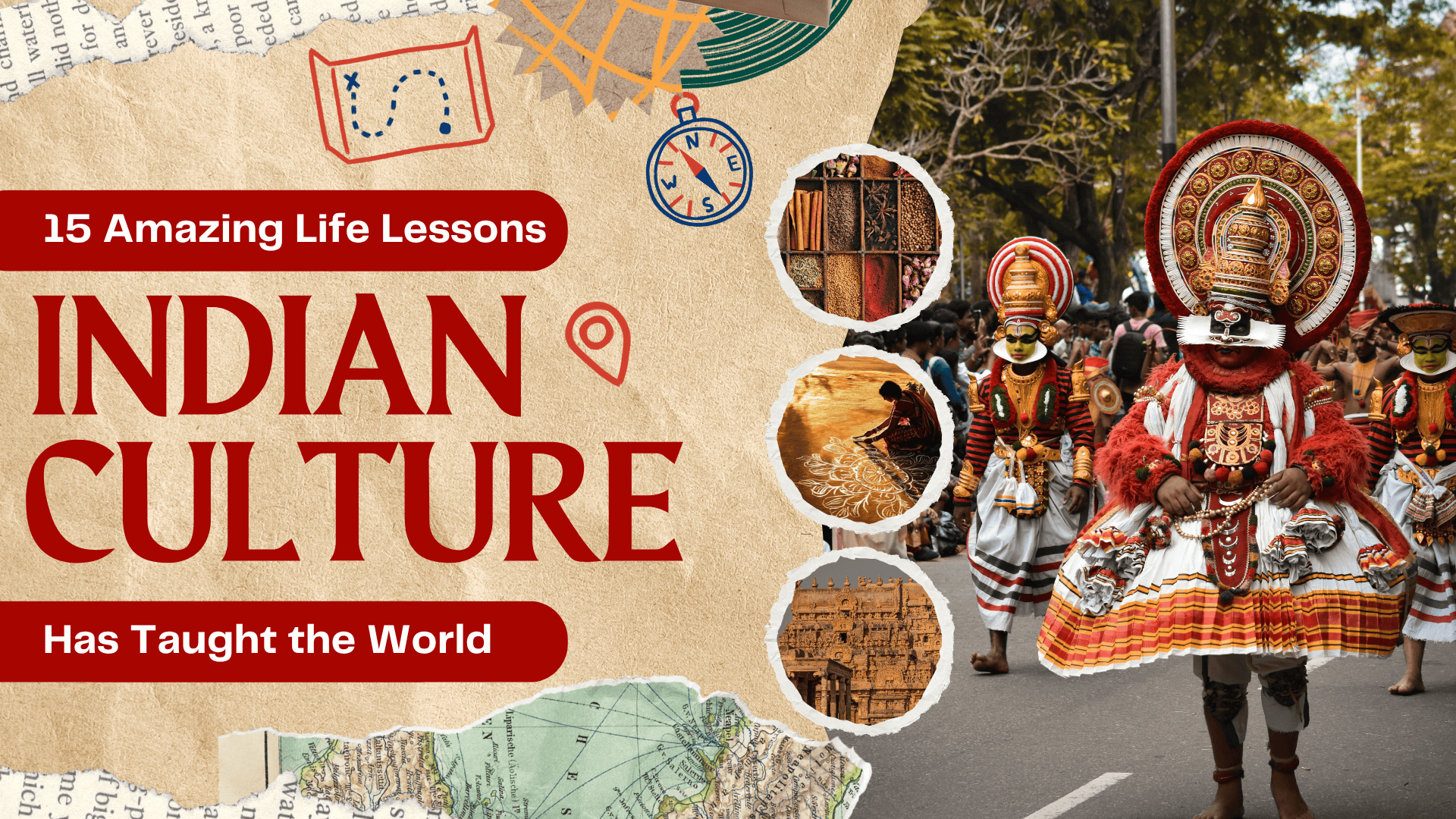Before reels, shorts, streams, and swipes took over our attention spans, it was television that brought families together, set the pace of evenings, and shaped conversations across India. Every year, World Television Day reminds us of an undeniable truth that television is not just a medium, it is an emotion, a memory, a shared cultural heartbeat. This is the story of how India’s relationship with the television screen evolved from a single experimental broadcast in 1959 to an ecosystem of 900+ channels.
Was It 1959 or 1982? The Answer to When Television Truly Entered India

Then came the 1982 Asian Games, a moment that changed everything. India saw colour television for the first time, TV purchases skyrocketed, Doordarshan expanded to multiple cities, and programming hours increased dramatically. If 1959 was the first cry of a newborn, 1982 was the moment Indian television learned to run. In short, TV entered India in 1959, but it truly entered Indian homes in 1982.
The Dawn of Indian Television (1959)
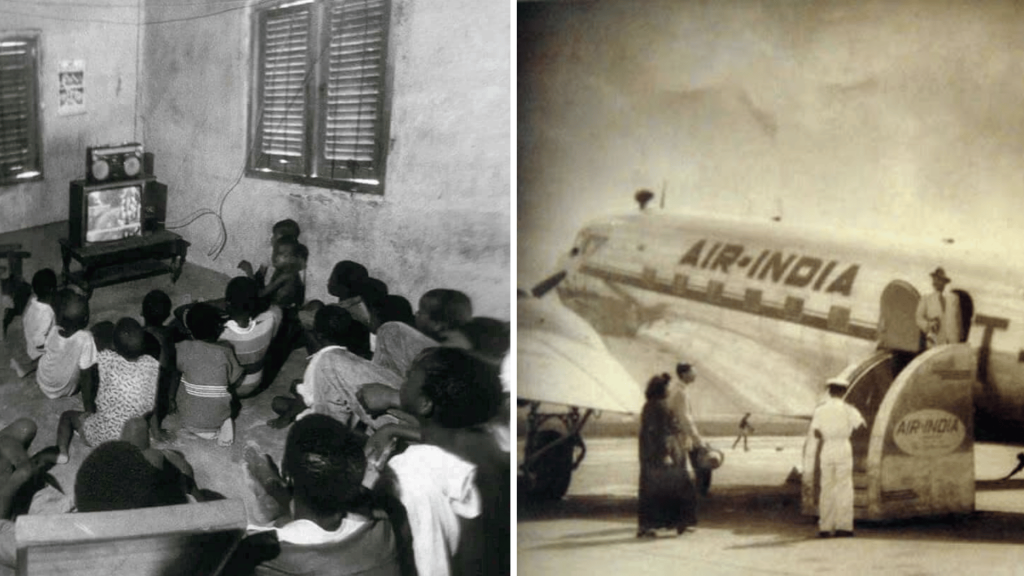
There were only a handful of television sets in the entire city, mostly installed in public institutions and schools. Families who saw a TV for the first time stood in awe, astonished by moving images appearing inside a box. This was truly the dawn of Indian television.
How India Watched Television in a Different Era

This was the era before the remote, when every moment of watching TV felt intentional, communal, and special, no binge-watching, no channel surfing, just pure attention.
DD National Era
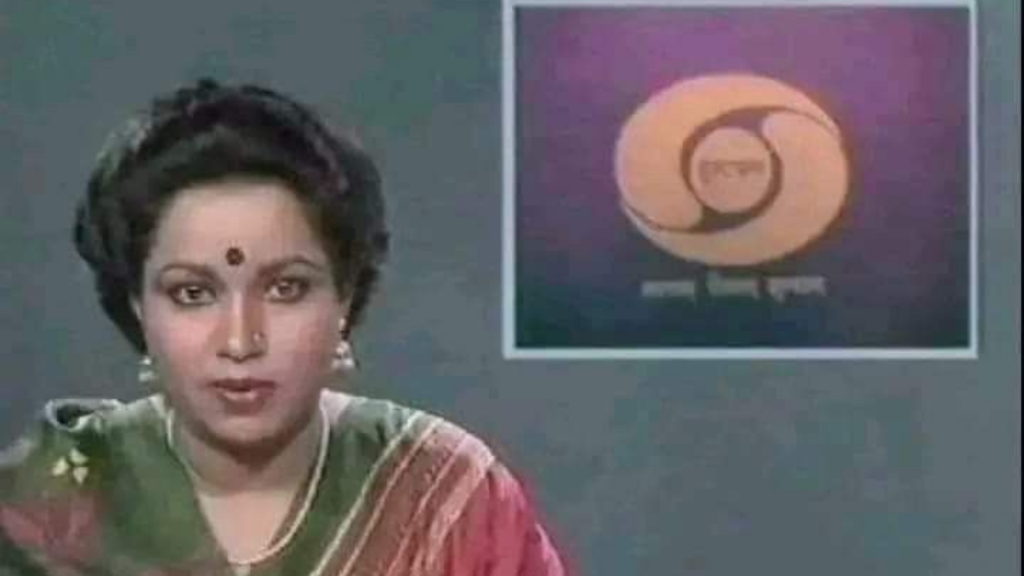
Before cable, before serials, before soaps, there was DD National and from the 1970s to the early 1990s, it wasn’t just India’s primary channel, it was India’s storyteller-in-chief. It taught us science through Turning Point, celebrated music through Chitrahaar, delivered news with stoic seriousness, and brought families together for evening television. It was educational, nationalistic, comforting, and iconic. DD National didn’t just broadcast content, it shaped Indian identity.
What Did Indians Watch on Television Before There Was Mahabharat?
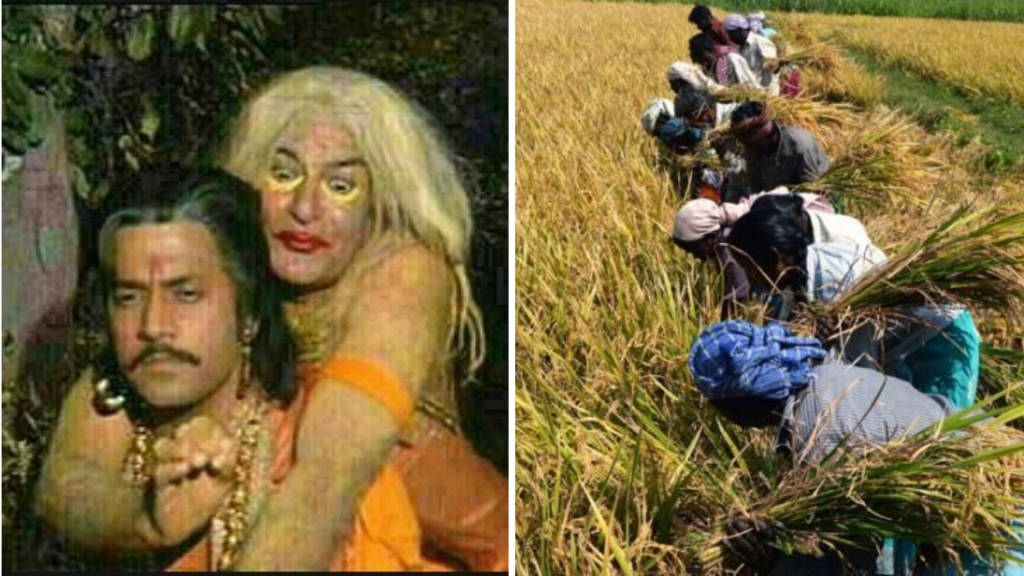
Before Mahabharat owned Sunday mornings and became the most-watched show of its time, India’s TV diet looked very different. People tuned into Krishi Darshan (India’s longest-running agricultural show), formal and information-heavy News Magazine programmes.
Bollywood-filled Chitrahaar, the groundbreaking Hum Log (India’s first soap opera), cult classics like Buniyaad, Fauji, and Nukkad, and childhood favourite Vikram Aur Betal. Then came Mahabharat in 1988, when streets emptied, buses paused, and families postponed weddings until the episode ended. TV was no longer just a device, it had become a ritual.
How India Went from 0 to 900+ Channels

By the 2000s, the landscape exploded with news, kids’, regional, movie, music, spiritual, and infotainment channels, leading to today’s astonishing figure of 900+ registered channels, a leap no one could have imagined in the Doordarshan era.
The Evolution of the Indian Television Screen

Then came the LCD/LED era from 2010 onwards, with flat screens, HD channels, DTH boxes, DVR recording, and televisions turning into smart devices. By 2016, the app era took over, as TV left the living room and moved to phones, tablets, and laptops, with streaming platforms blurring the line between television and OTT. And just like that, the journey completed its arc from antenna to app.
How Television Shaped India’s Social Fabric

It built national heroes out of news anchors, serial characters, and mythological figures, and it democratized information by bringing election results, cricket matches, and national moments into every living room.
The Digital Turn

Why TV Still Matters in the Age of Smartphones
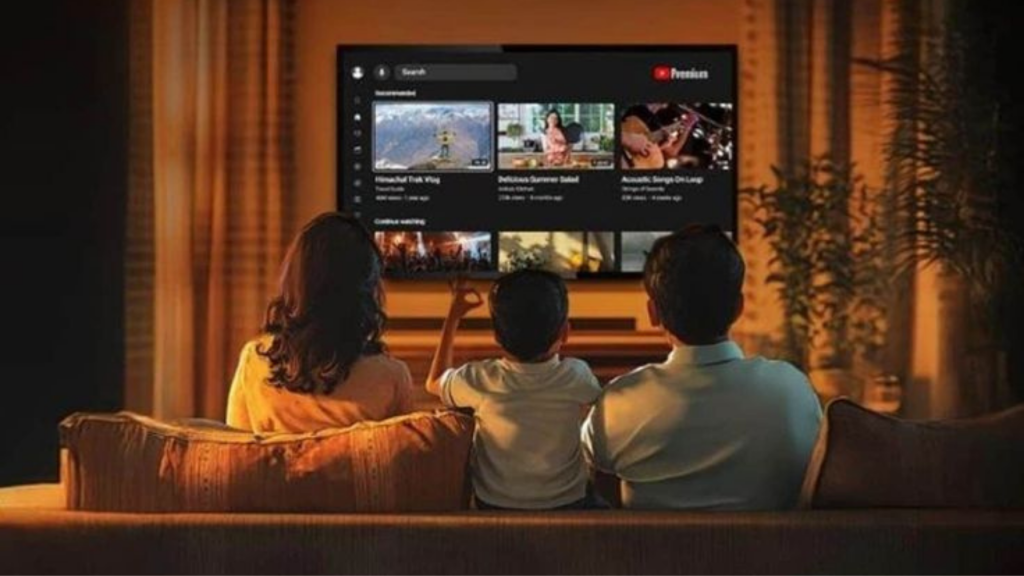
Television may now share space with apps and social media, but its cultural footprint remains irreplaceable.
The Story of India Told Through Its Screens
Today, whether it’s a wall-mounted smart TV or a streaming app on your phone, that magical screen continues to inform, entertain, inspire, and unite India. In a vast, diverse nation, television has created a shared emotional experience that brought millions together. It isn’t just technology, it’s a timeline, a collective memory, a storyteller, and a window through which we watched India change and grow.

